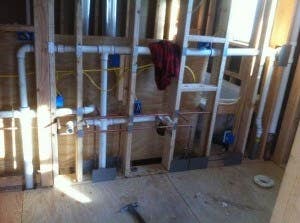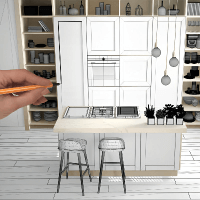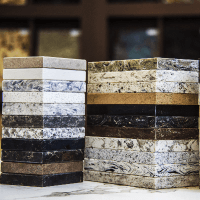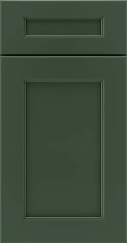During a kitchen demolition, all old elements are destroyed to make room for the new products. Old appliances, cabinets, and countertops will be removed. Flooring and walls will be removed as well depending on the type of remodel. Don’t forget these few things before you start demolition:
Before You Begin
Before you begin demolition, make sure you have inspected your new products. New wood cabinets and flooring will need to be stored in a climate controlled area.
As well as products like cabinets and flooring, make sure you have purchased complimentary products. Things like countertops, lighting, and sinks will play a big role in your new kitchen.
Once you have received and inspected all your new materials, pack up all your belongings and moved them out of the kitchen area. Store things you will keep or need after demolition in a safe spot.
Finally, before beginning your demolition, create a temporary kitchen. You’ll still need to eat during your remodel, so establishing a temporary kitchen is a must. Consider using things like a mini fridge, hot plate, or portable grill.
Once you’ve done all this, your space will be ready for kitchen demolition, disassembly, and disposal. This process will typically take between 2 to 3 days for the average kitchen.
Things to Remember
During demolition is often when setbacks will be discovered. For example, the removal of appliances or drywall could lead to structural and electrical issues.
Before homeowner’s decide to do the demolition themselves, review the house’s planning documents to know what’s in the wall. A sledgehammer can be dangerous for plumbing, electricals, and mechanicals. Then remember to confirm that gas, water, and electric are all off in the area you are working in before you begin.
Structural Changes
Structural changes like adding a window or removing a wall can help update a room or kitchen. Make sure to consult a professional to ensure these changes are done safely.
Learn More About The Remodeling Process:
For more information about the remodeling process, see our How to Resources page.













